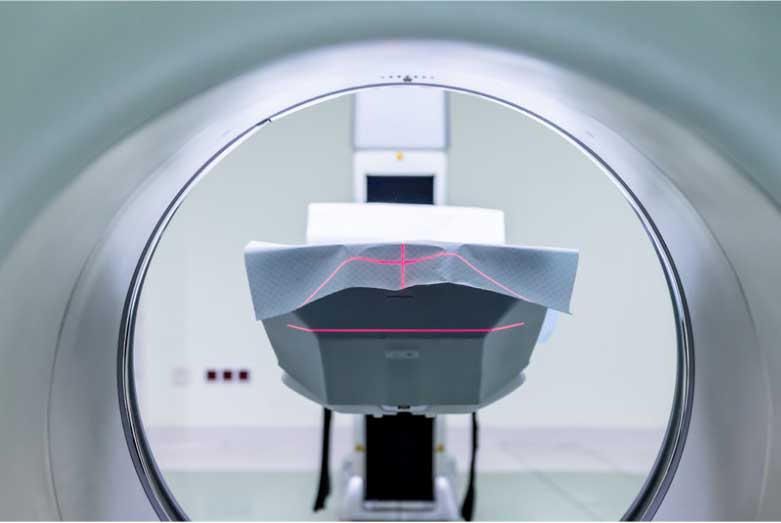
We generally think most about skin protection in summer with its extended daylight, time at the pool or beach and leisurely walks – but it’s important to keep in mind that the sun’s rays can reach us in every season.
To help prevent skin cancer, keep in mind these sun protection guidelines from the American Academy of Dermatology:
- Seek shade during peak sun hours of 10:00am to 2:00pm.
- Wear sunglasses with UV protection, a wide-brimmed hat and sun-protective clothing.
- Always use sunscreen (at least SPF 30), and don’t forget to reapply every two hours, especially when swimming or sweating. Remember to apply to your feet when barefoot or wearing sandals.
Risk factors for skin cancer include past sunburns, indoor tanning, atypical moles and having fair skin. Make sure to perform regular skin self-exams to notice if anything has changed, and see a dermatologist for screenings.
According to the American Cancer Society, “More people are diagnosed with skin cancer each year in the U.S. than all other cancers combined.” 1 in 5 Americans are diagnosed with skin cancer by age 70, so odds are you or someone you know has been affected by skin cancer.
You may also be aware that skin cancer treatments can be intense – and while necessary, may leave long-lasting scars and skin discoloration. Treatment methods range from chemical peels, cryosurgery and laser surgery for precancerous spots to traditional excisional surgery and Mohs surgery for basal and squamous cell carcinomas. Some cancers even require treatment with radiation therapy.
Should you or a loved one receive a skin cancer diagnosis, the Skin Cancer Foundation recommends seeking out medical information only from verified, trustworthy online resources. They also recommend not to rush a treatment decision and to seek a second opinion if you’re uncertain about the diagnosis.
SecondOpinions.com offers quick and affordable medical second opinions in a wide range of medical specialties, including dermatology. Contact our reliable specialists to feel confident in your diagnosis and condition.

